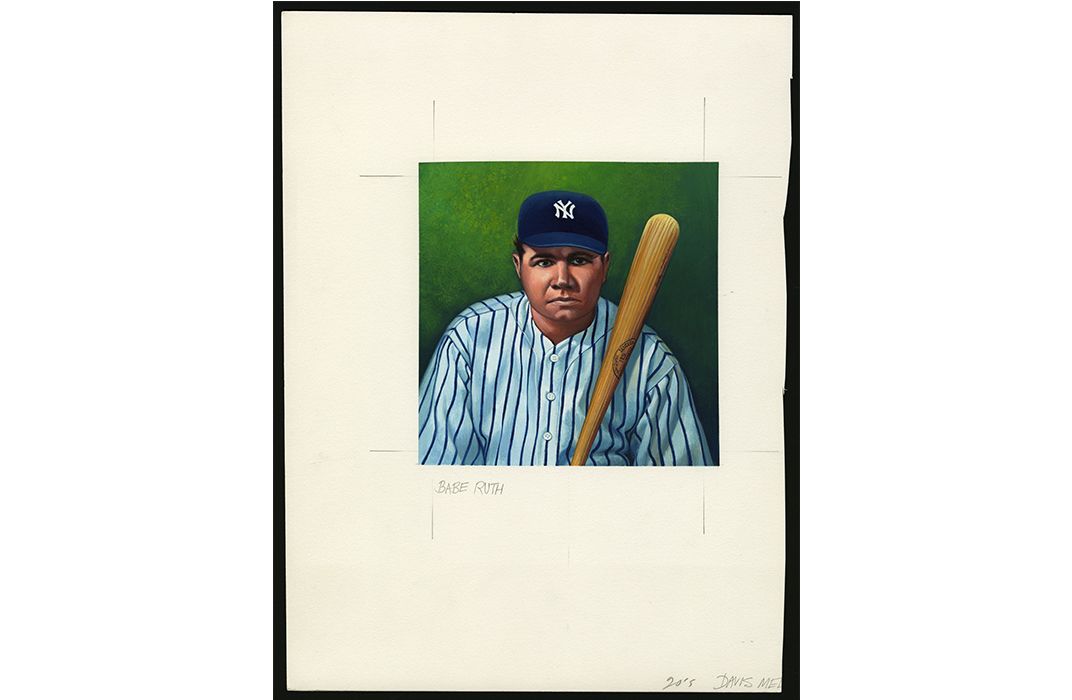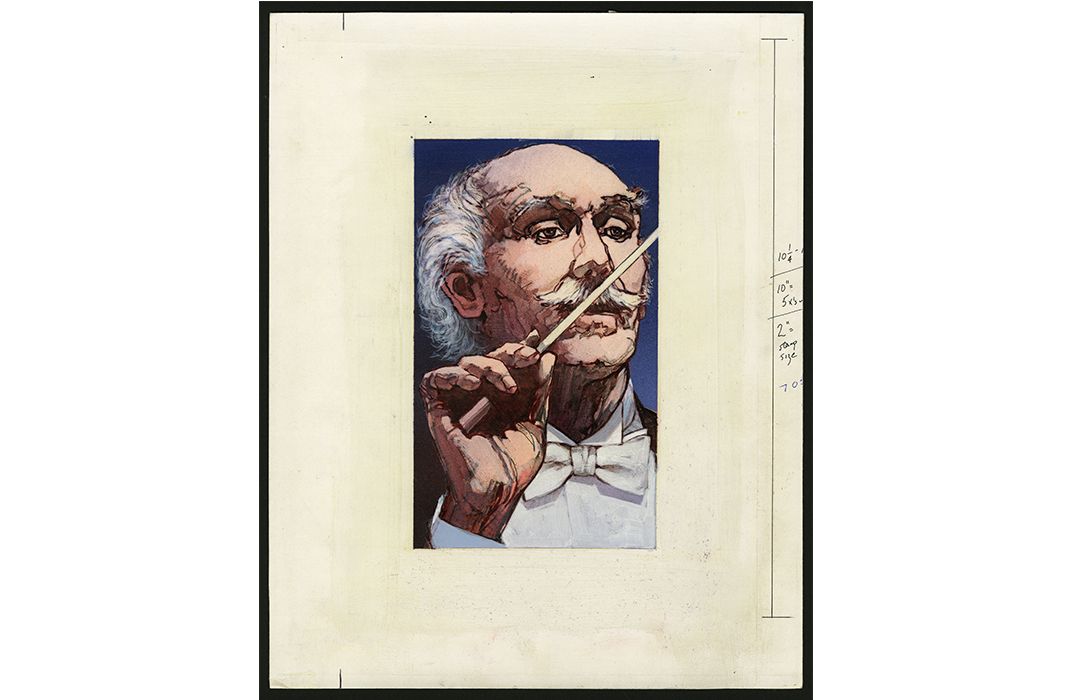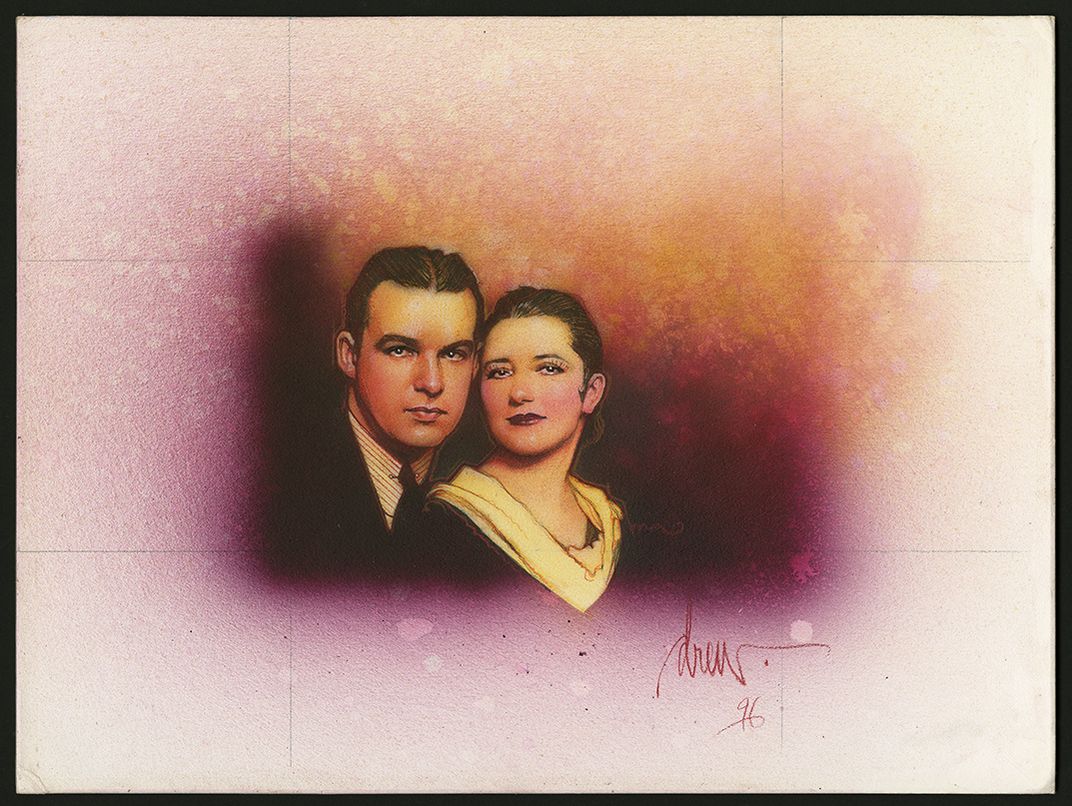Get Stuck on New York’s Pop Culture With These Historic Stamps
A new exhibition at the National Postal Museum spotlights Gotham’s cultural impact
It’s hardly news that New York City has had a major impact on pop culture, in everything from theater to music to architecture. But for Calvin Mitchell, assistant curator of philately at the Smithsonian National Postal Museum, the scale of the city’s influence hit home as he was putting together the museum’s latest exhibition, “New York City: A Portrait Through Stamp Art.”
For the show, Mitchell was tasked with selecting stamp art from the past several decades that represented six different categories—Baseball, Broadway, City Life, Icons (i.e. architecture), Politics and Government and Music—in an effort to capture the variety of areas where the Big Apple has shaped American life. Mitchell and chief curator Daniel Piazza, who came up with the idea for the show, had decided to limit their selections to five works for each category.
Tough-talking Teddy Roosevelt, slugging Joe DiMaggio and the towering Empire State Building are each represented in the show, but so are some other surprisingly significant cultural elements that began in NYC.
“For example, I didn’t realize that crossword puzzles actually started in New York City,” says Mitchell. “But we have the art from a stamp in the show that commemorates the appearance of the first crossword puzzle in the U.S. [in a 1913 issue of the New York World].”
The crossword puzzle stamp came from the 1998 series “Celebrate the Century”—a collection of 10 sheets of 15 stamps, one for each decade of the 20th century. Of the 150 stamps in the series, 23 are based in New York. Mitchell syas he could practically have filled the entire exhibition drawing works of art from just this series alone.
The city’s dominance in baseball is represented with Jackie Robinson, Babe Ruth, and the “Shot Heard ‘Round the World” homerun at the 1951 National League Championship series between the Brooklyn Dodgers and the New York Giants. For Broadway, there is George Gershwin, Richard Rodgers and Oscar Hammerstein II as well as Moss Hart—set on a backdrop of the neon signs for some of his hit shows. But as many icons as the show includes, Mitchell admits that plenty of New York classics could not quite fit.
“One of the things that I applied when I made the selections was diversity—in terms of art medium, art directors and subgenres within each category,” says Mitchell. Latin, Jazz and Classical music are represented, but Hip Hop didn’t make the cut.
The show, which runs through March 13, 2017, honors the upcoming World Stamp Show, which takes place only once every decade and is known among stamp collectors as the “philatelic extravaganza.” This year the much-anticipated event is being held in New York City from May 28 to June 3 and six of the portraits in the Postal Museum's exhibition will be temporarily on view at the Jacob Javitz Convention Center.
The artworks were commissioned for the historic Postmaster General’s Art Collection, which now resides at Postal Museum, where it was transferred three years ago.
But don’t let the name fool you—the Art Collection is not some assemblage of high-value works the Postmaster General has gathered for her personal enjoyment. It is comprised of the original art commissioned for the wide range of stamps and other USPS memorabilia over the past 75 years.
For decades, the works were treated as mere support materials in the organization’s design department, kept in storage for reference, but often not kept in ideal archival conditions and rarely put on view for the public. That has changed as the works have been pulled from several disparate locations and offices, and consolidated at the Postal Museum.
“I think it’s safe to say that until the collection was moved to the Postal Museum, no one had ever really had the opportunity to see the entire collection in all its glory,” says Ted Wilson, registrar for the National Postal Museum.
The collection is currently undergoing a “preservation survey.” Wilson has tapped a conservation group to review what is in the collection on the premises as well as in satellite collections, advising on what needs immediate conservation and how they should be preserved. So far, the group has catalogued about 4,200 pieces so far, with more to go. “A Portrait Through Stamp Art” is the third exhibit to showcase a themed set of art from the Postmaster General’s Collection, following “Art of the Stamp” in 2003–2004, and “Trailblazers and Trendsetters” in 2006–2008.
Visitors to the show will see the final artwork for the stamps at their original scale. This allows viewers to appreciate the detail of the pieces—from the expression on Tito Puente’s face in the 2011 stamp to the windows of the UN Headquarters in the 1999 stamp—that are tough to note when looking at a stamp that’s a few square inches.
“We’re used to looking at the stamps, but to see the original art lets you appreciate it in a whole different way,” says Wilson.
Also, removing the usual stamp signatures (perforation, price) allows the art of these stamps, created by celebrated artists in their own right, to be better spotlighted. So visitors will not only gain a deeper appreciation of New York City’s cultural impact, but a better understanding of the art that goes into these works. This renewed appreciation extends to the show’s curator himself.
“I didn’t realize until going through the artwork the beauty of the stamp art,” says Mitchell, citing those of Rogers and Hammerstein, actress Lynn Fontanne, and of immigrants as three of his favorites. “They’re just stunning pieces.”
But perhaps the biggest takeaway visitors to the show will experience is that felt by Mitchell: That New York City really is a city unlike any other.
“People will really be struck by the sheer diversity of the impact that this city has had,” says Mitchell. “Almost any area you can think of, New York has played a role.”
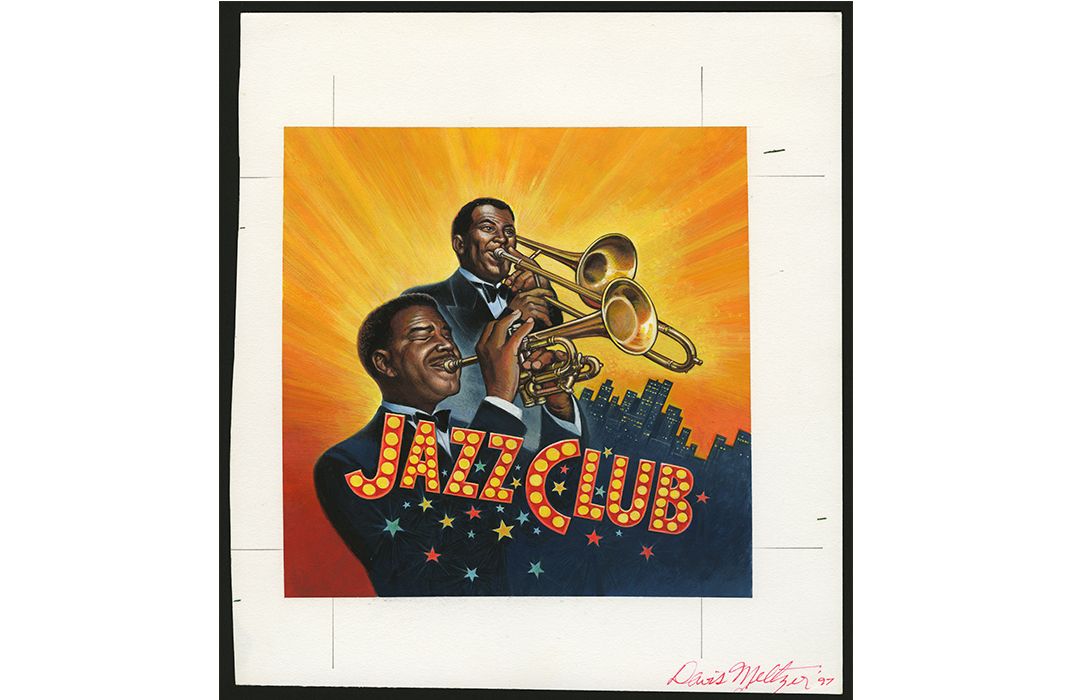
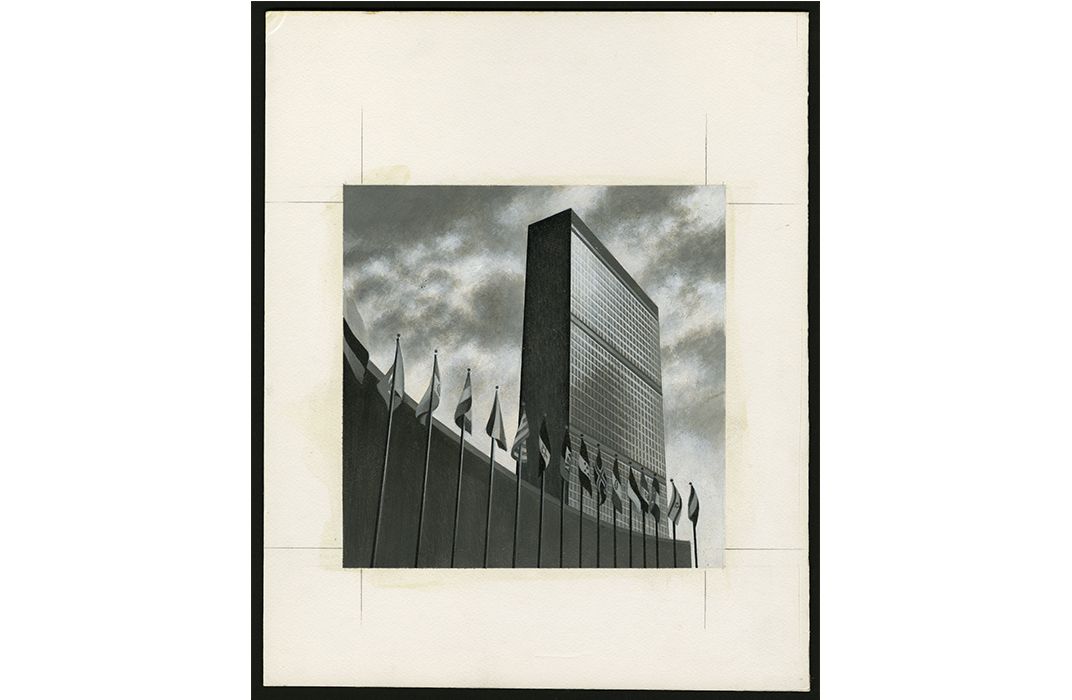
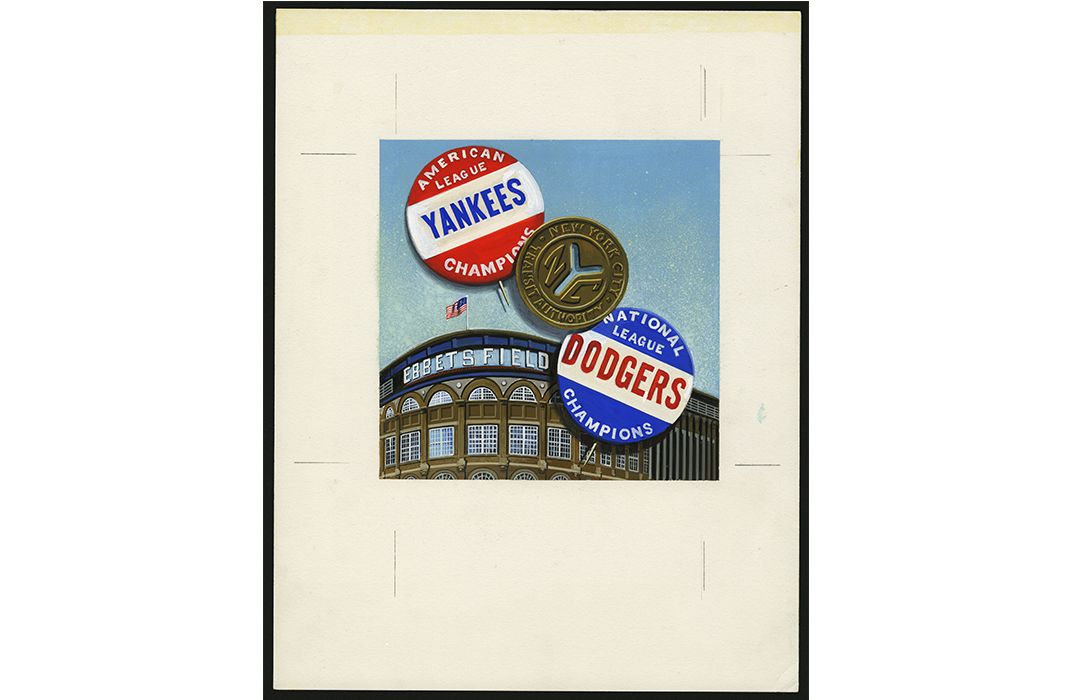

/https://tf-cmsv2-smithsonianmag-media.s3.amazonaws.com/filer/50/11/501130be-7f96-4ea5-bb06-4d30765c3d46/titopuenteweb.jpg)
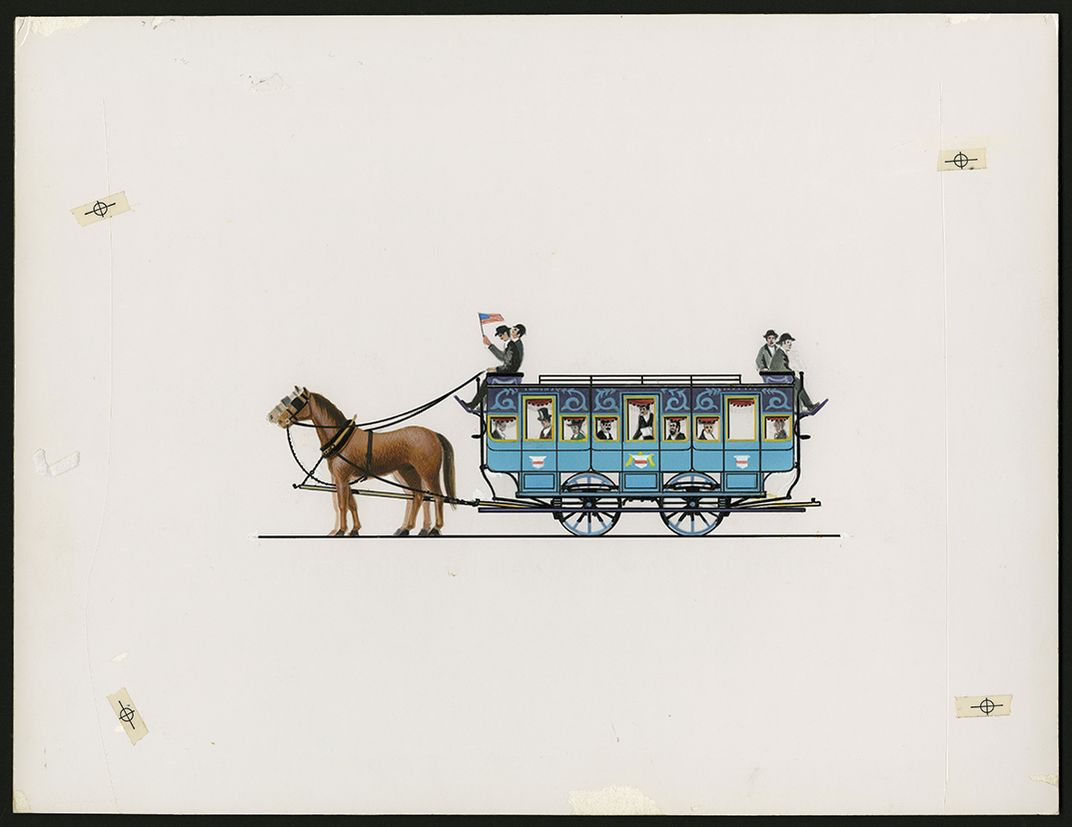
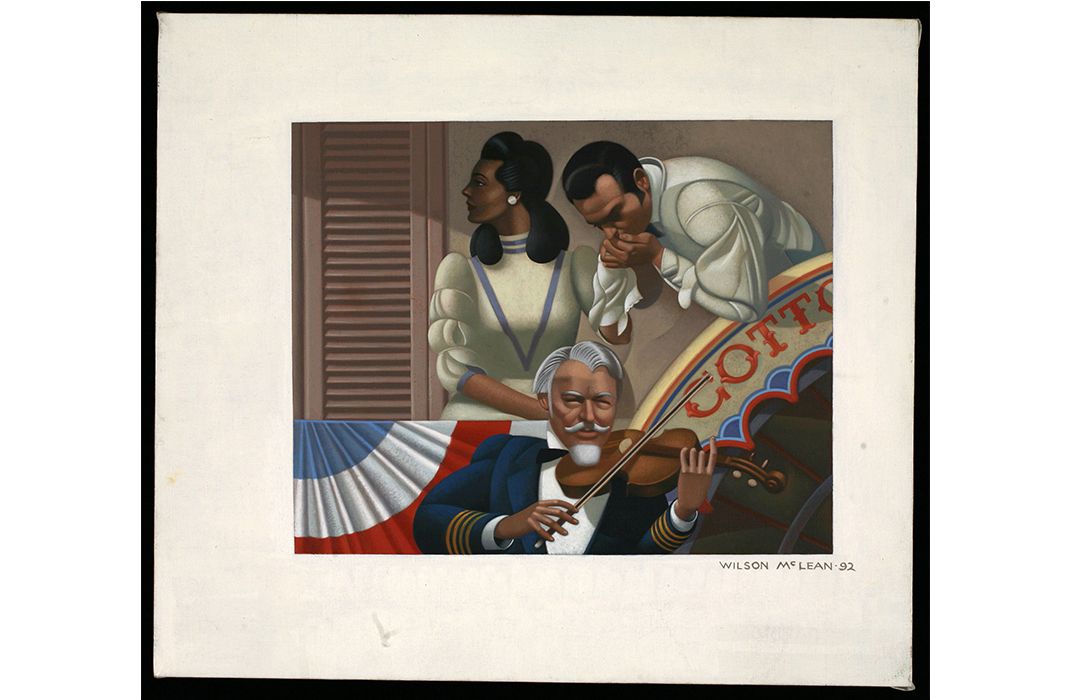
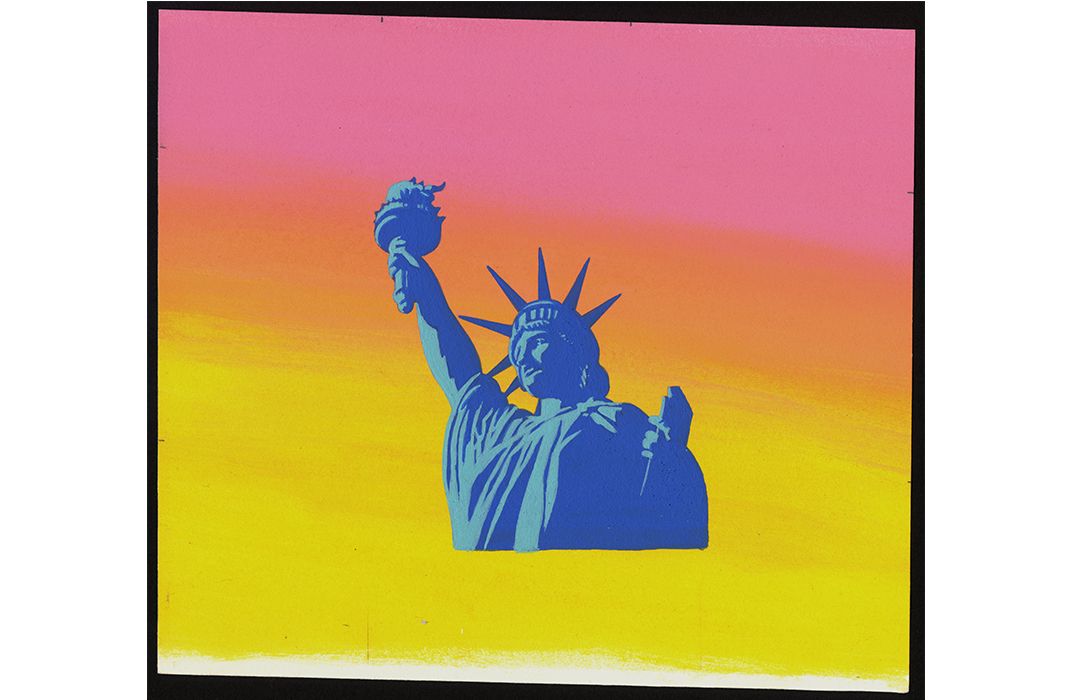
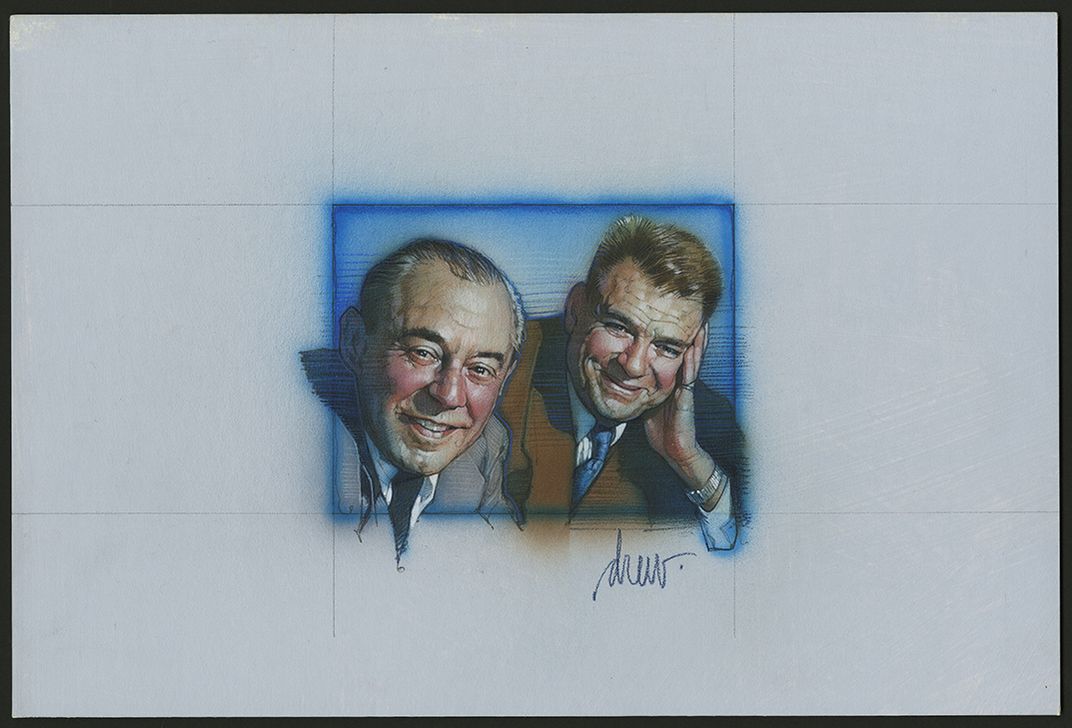
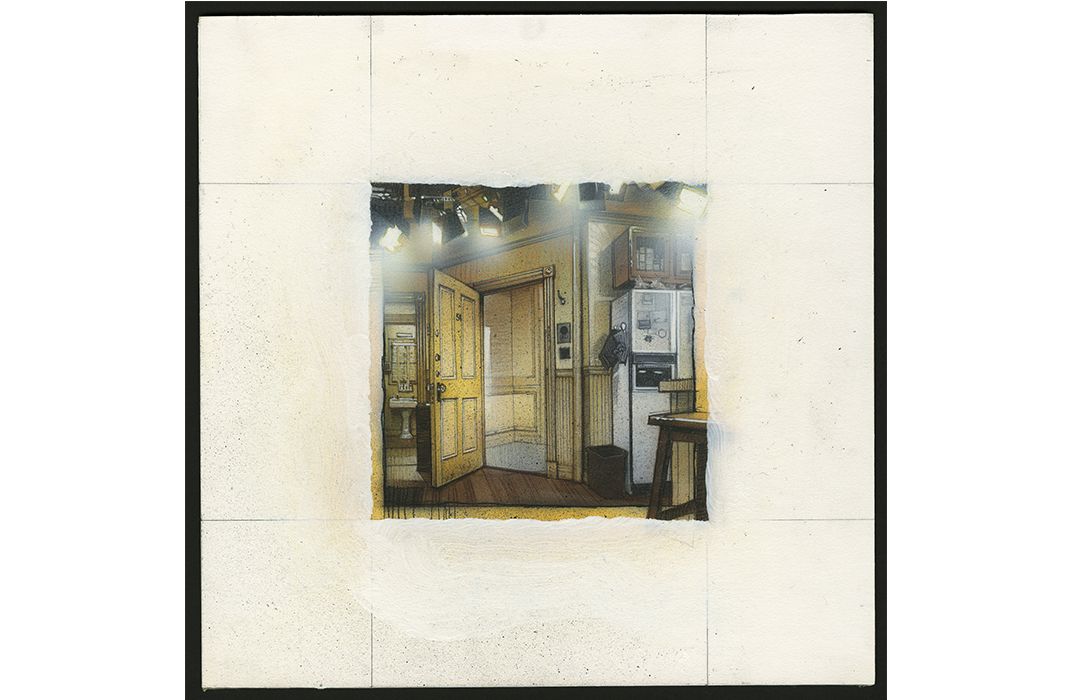
/https://tf-cmsv2-smithsonianmag-media.s3.amazonaws.com/filer/51/c8/51c88816-558c-4546-9ddc-65089f2e79c6/shotheardroundtheworldweb.jpg)
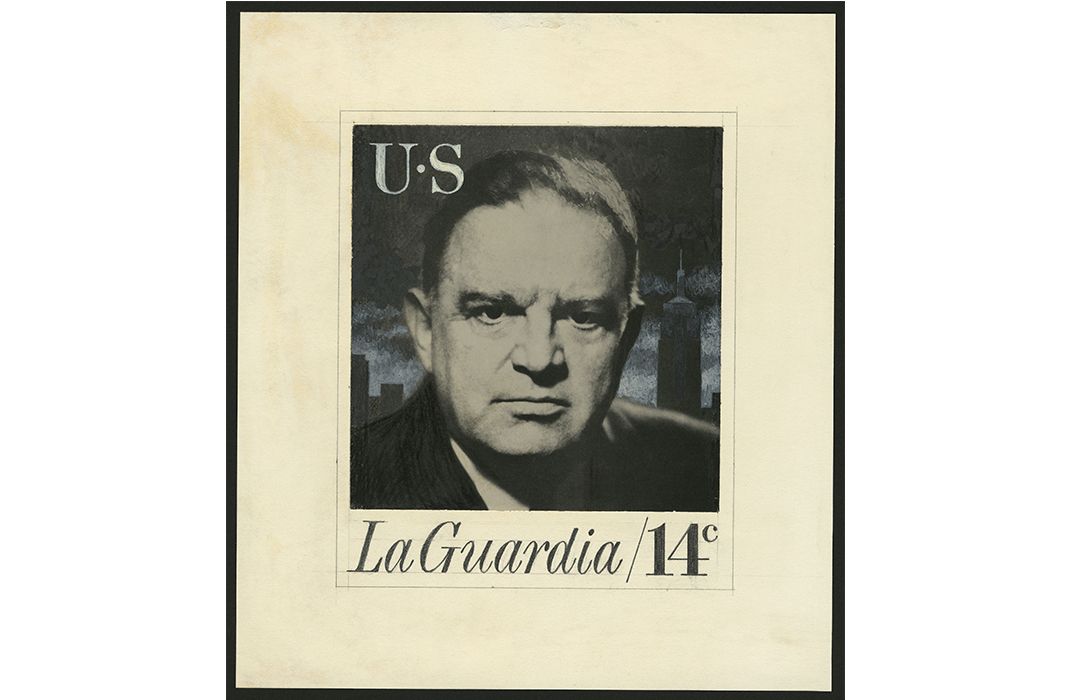
/https://tf-cmsv2-smithsonianmag-media.s3.amazonaws.com/filer/73/48/7348056e-96ff-4947-8da4-0746cbfa2476/mosshartweb.jpg)
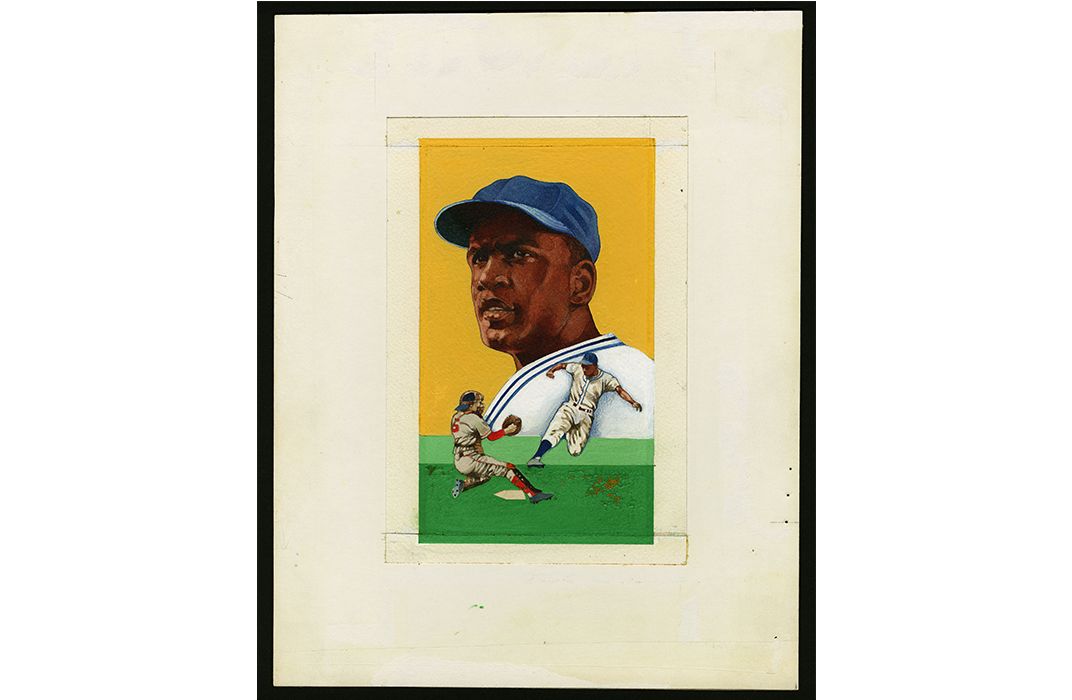
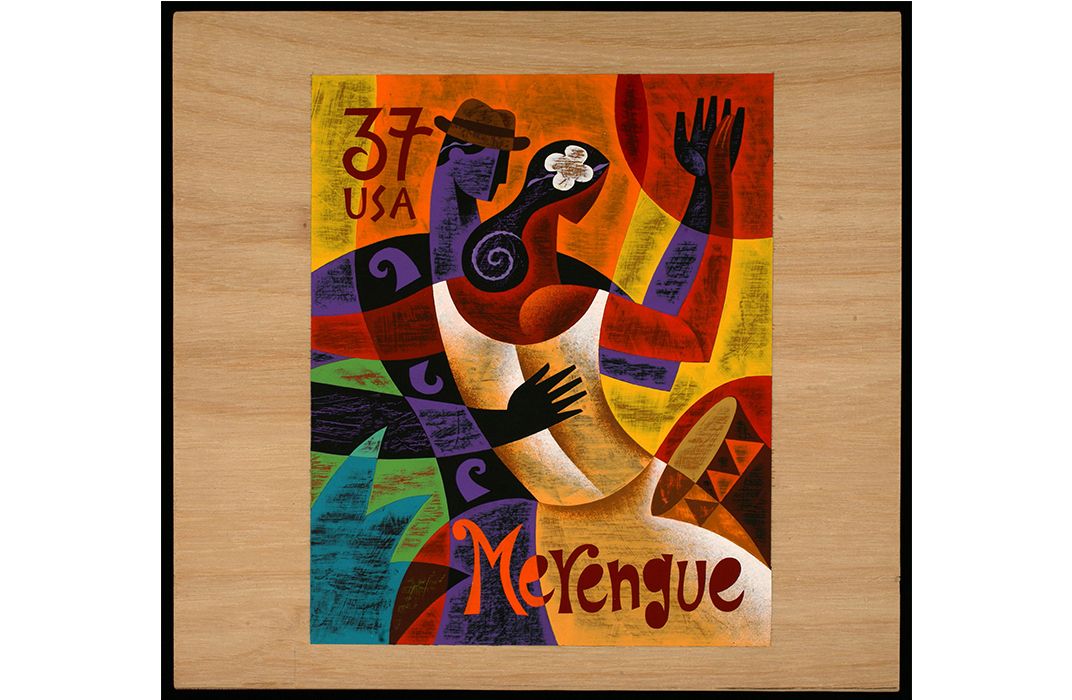

/https://tf-cmsv2-smithsonianmag-media.s3.amazonaws.com/filer/0c/4a/0c4ae641-972f-4c4d-a161-ade5e93b7433/joedimaggioweb.jpg)
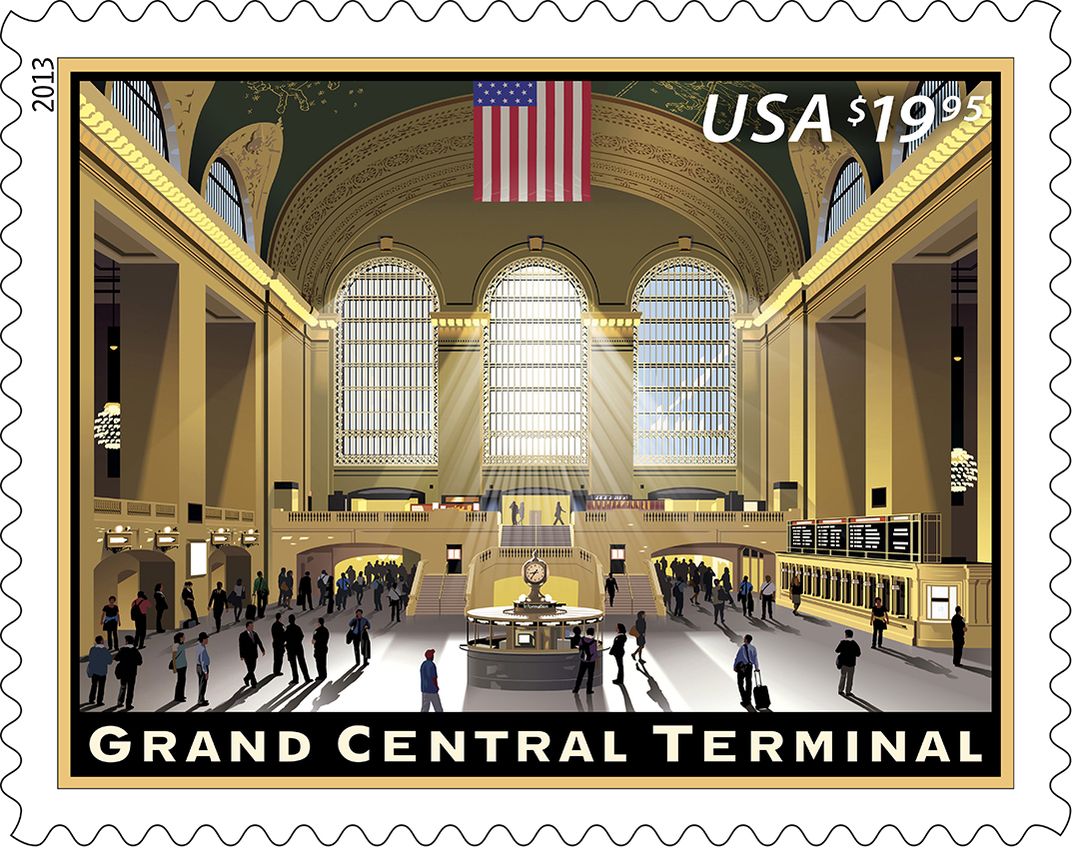
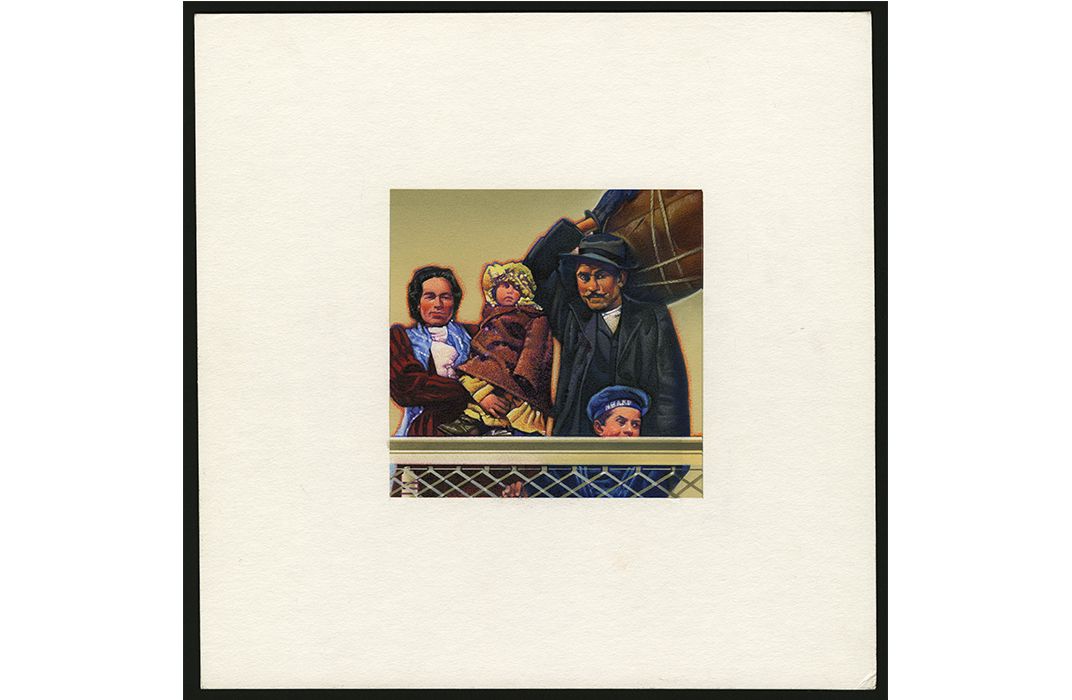
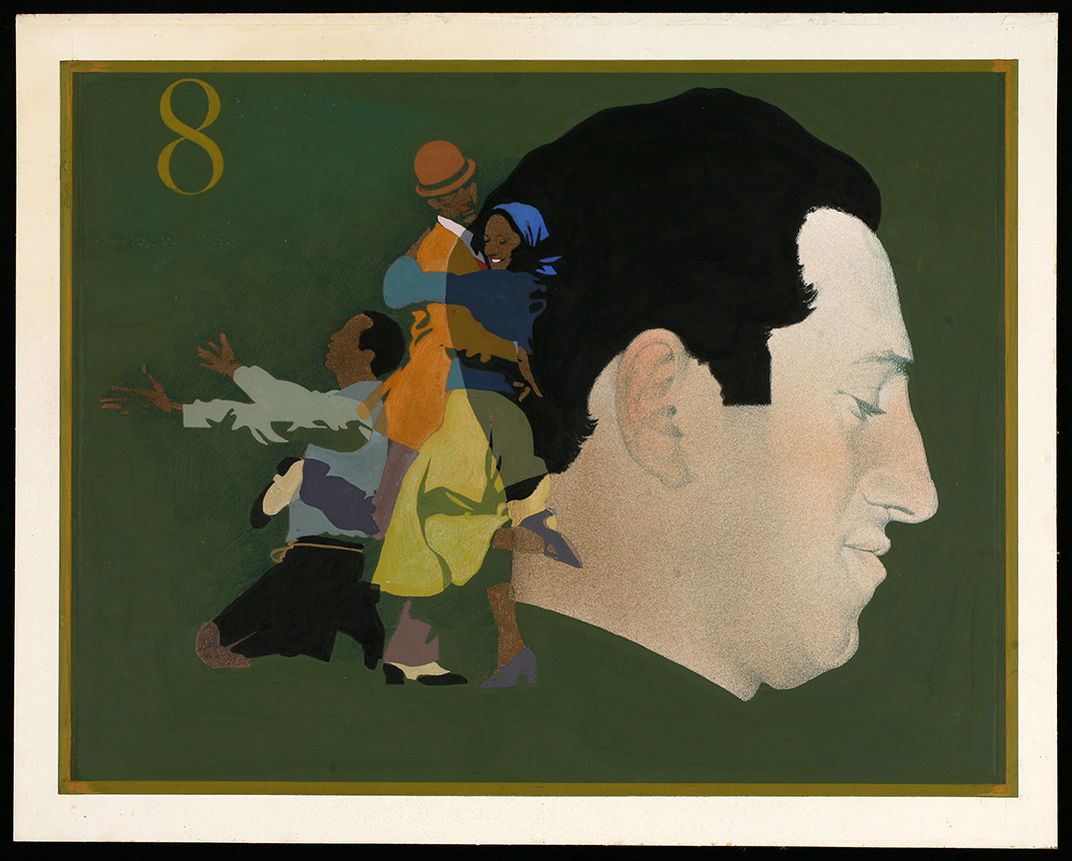
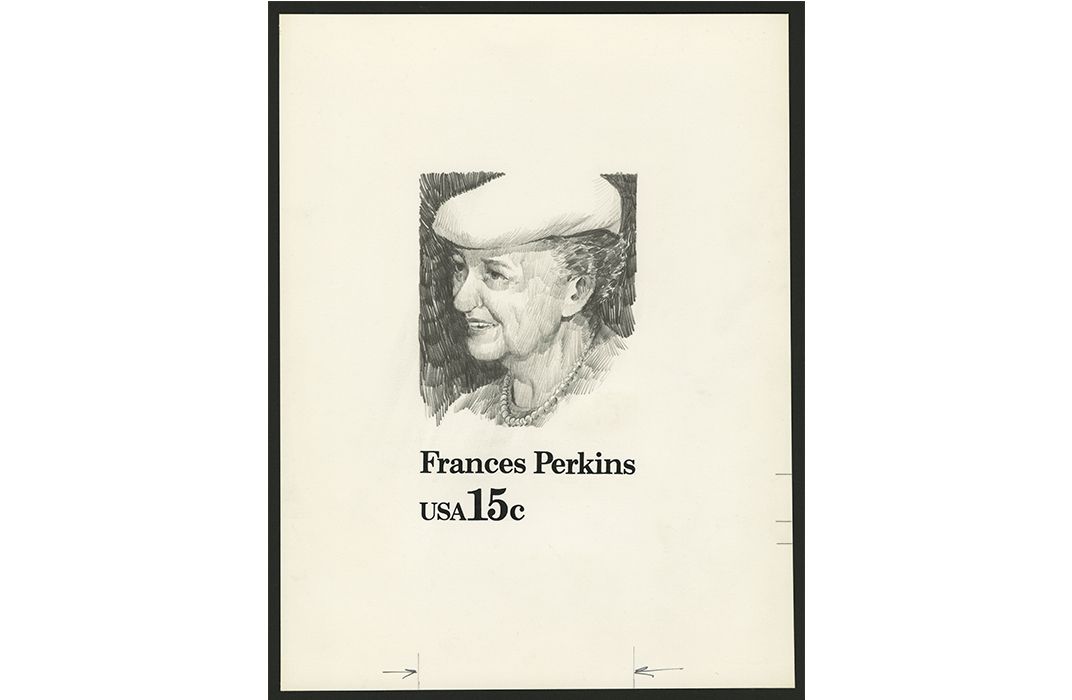
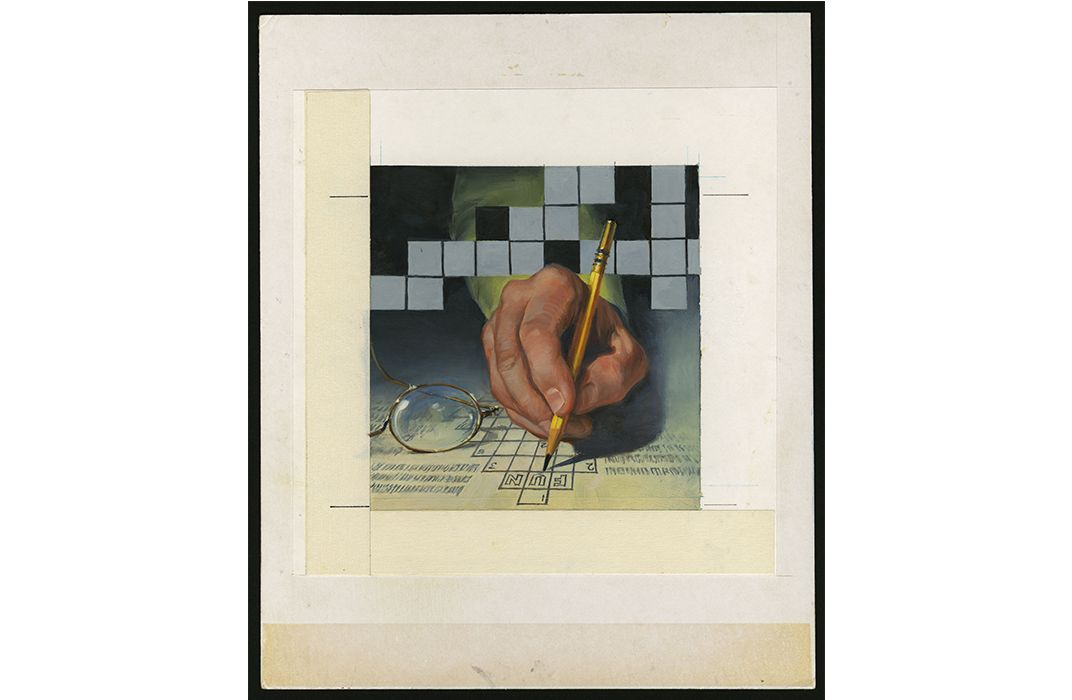
/https://tf-cmsv2-smithsonianmag-media.s3.amazonaws.com/filer/e2/bf/e2bf404c-2147-4372-aafc-c315c5675531/ethelmermanweb.jpg)
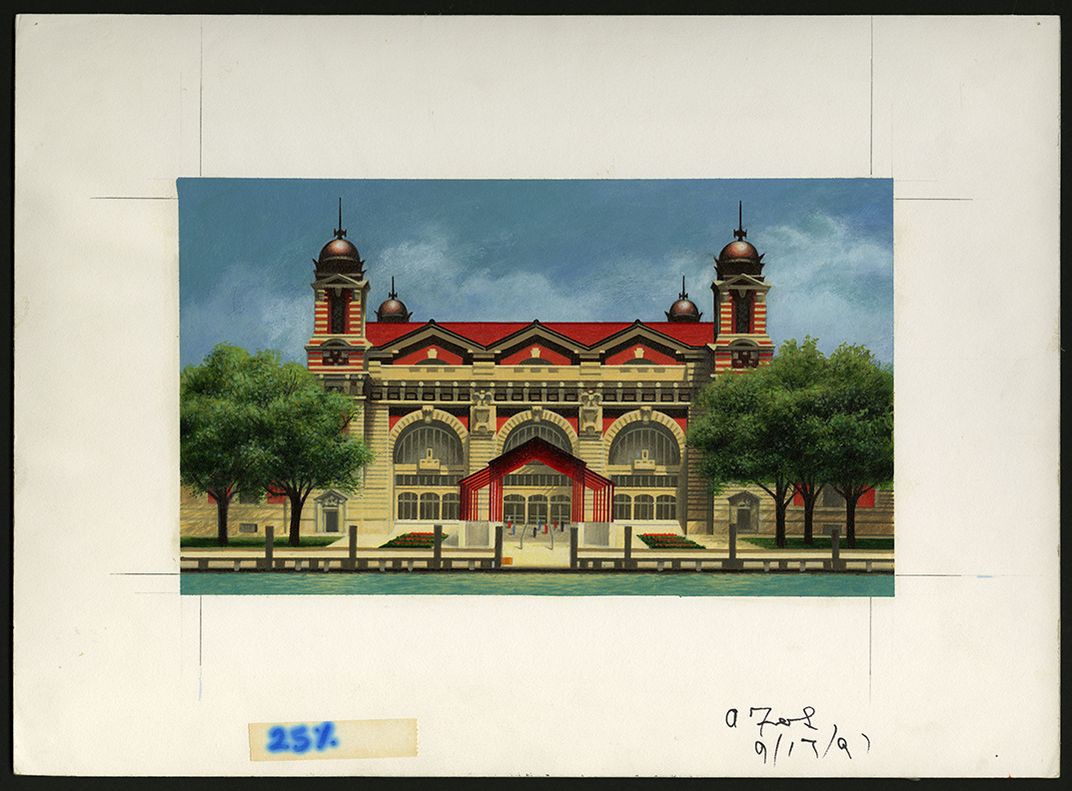
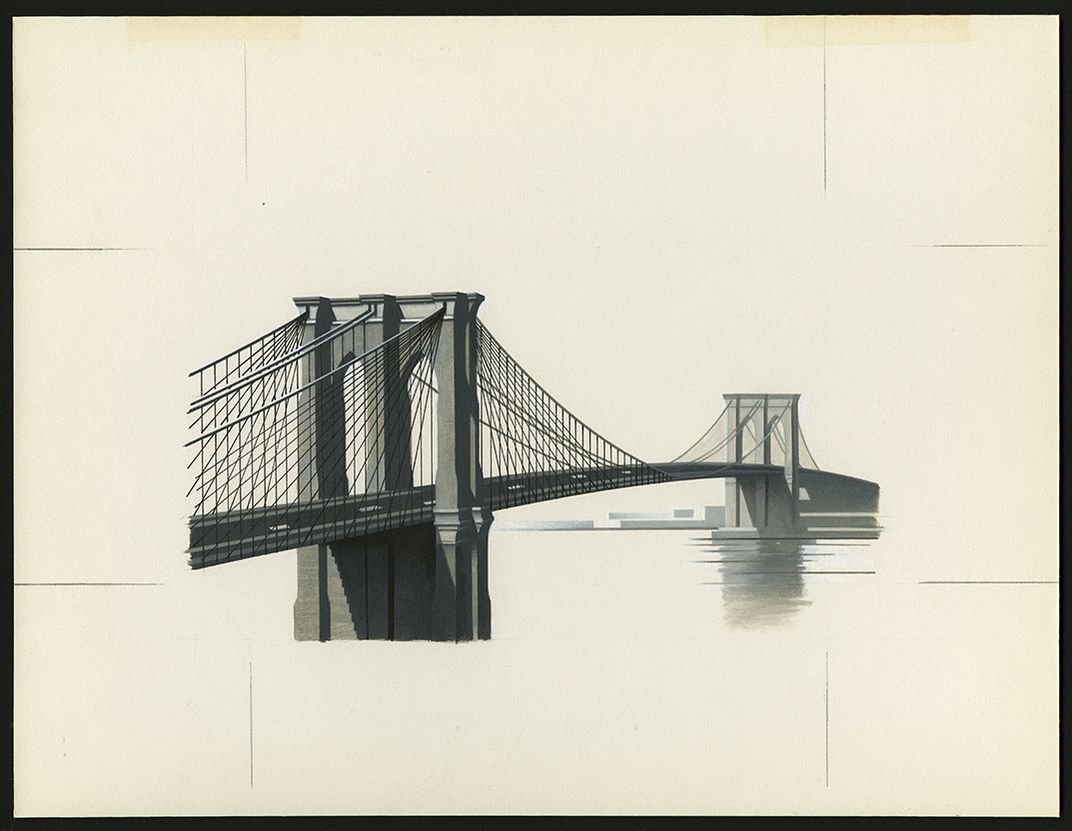
/https://tf-cmsv2-smithsonianmag-media.s3.amazonaws.com/filer/6b/73/6b73d90c-eaf3-478f-81f0-6c555e3574dd/empirestatebuildingweb.jpg)
